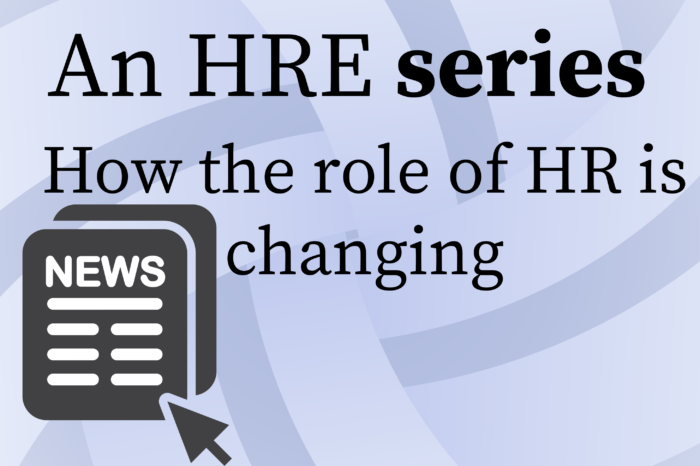The Wall Street Journal recently ran an article titled “It’s Time to Get Rid of Employee Surveys,” which listed multiple reasons for ditching them. I believe employee surveys of all types are more valuable and important now than ever before. Every company should be incorporating them–along with other forms of feedback–into their workforce strategy.
Here’s my take.
In today’s constantly changing and unpredictable work environment, it is essential to understand what employees think.
Employees today are suffering from a variety of stresses–health concerns, working from home (or being furloughed), family issues and economic uncertainties, among them. In the Josh Bersin Academy’s Big Reset research, we have found that more than 80% of companies are now using open town halls, regular surveys and focus groups to elicit employee input.
Collecting employee feedback throughout the COVID crisis shows employees that you care and are listening, builds employee trust (especially when coupled with a strong communications program) and provides an essential source of intelligence for business leaders.
We are in the midst of conducting a survey of academy members on workforce practices during the pandemic. According to preliminary survey responses (about 1,000 to date), listening to employees when defining return-to-work plans is one of 10 practices most likely to predict positive organizational outcomes such as financial performance, customer satisfaction, change agility or workforce engagement and retention.
The survey market is on fire, and tools are becoming more and more intelligent.
While 40% of companies still do traditional annual surveys, organizations are employing a new generation of listening tools. As technology has become more sophisticated, companies have become more mature in how they collect, compile and use employee feedback. Companies are routinely using pulse surveys, which have become an important way to collect employee feedback throughout the pandemic. Solutions are now available to aggregate data from multiple sources and provide recommendations and suggestions.
Products from companies such as Medallia, Glint and Qualtrics can elicit feedback from employees in many forms (Medallia can capture video sentiment, for example), immediately analyze the data for managers and provide action plans or even alerts if serious issues arise.
Related: Communication is more important than ever. Here’s how to handle it
We can also get feedback information from performance and goal management tools, engagement tools and recognition systems. Every time you give someone a kudo or thumbs up, you’re providing a form of feedback. Waggl has an algorithm to measure voting reliability so you can crowdsource ideas in minutes. PepsiCo crowdsourced ideas for its “process shredder” and got over a million comments and ideas for new business processes in days, which then led the company to radically simplify the performance process and also start a crowdsourced new beverage product!
[click_to_tweet tweet=”New report suggests #employers are abandoning surveys; but @Josh_Bersin shares why that’s the wrong move for #HR” quote=”Tweet this story” theme=”style3″]
Medallia can infer feedback from its case-management system and pop up surveys at the end of a transaction. And tools from companies such as Cultivate and Glint can analyze open-ended feedback for sentiment, themes and trends. Vault, the leader in a category I call “misconduct reporting tools,” can immediately identify harassment, ethical violations or compliance problems and can create confidential cases for resolution.
A new breed of integrated systems is coming.
The potential to provide meaningful feedback as part of everyday work is enormous. An HR leader from Farmers Insurance recently told me that, when the company rolled out Workplace by Facebook, people immediately began raising issues related to leave policy, benefits and pay that hadn’t surfaced in traditional surveys. The HR team could immediately respond to these issues and formulate actions, when needed. That’s the best example of “feedback to action” I can imagine, and it wasn’t done with AI.
Another new product, Eskalera, has built a set of diagnostics and listening tools to identify bias and diversity issues at work. This is a new form of employee assessment and feedback system, one that I know will be popular with many big companies. Workday is introducing some standard metrics in this area as well, and SuccessFactors has had such technology for a few years.
The way I think about it, surveys are just one of many forms of feedback. In any organization, there are many places to see what employees are thinking, their issues and their complaints. What HR can now do is develop a comprehensive strategy for listening, similar to what we do with customers.
See also: How agility, empathy are at the heart of The Big Reset
Now is the time to open up our ears and listen. Employees are the most valuable source of information about what’s working (and what’s not) in any business. If you create a wide variety of channels for feedback, you’ll get an enormous wealth of help making the company perform better. In today’s environment, this is a business-critical issue. If an employee has a grievance or workplace safety issue, you want to hear about it immediately. Whatever HR software you buy, I can guarantee you’ll find employee feedback features.
Performance management systems from Glint, BetterWorks, Lattice and 15Five now all include employee survey and sentiment analysis in their platforms. Recognition platforms from Workhuman, OC Tanner, Achievers and Fond all give you feedback information. And if you need enterprise-wide feedback, offerings from Perceptyx, Gallup, Willis Towers Watson, Peakon, Humu and CultureAmp all provide amazing enterprise-level analysis.



